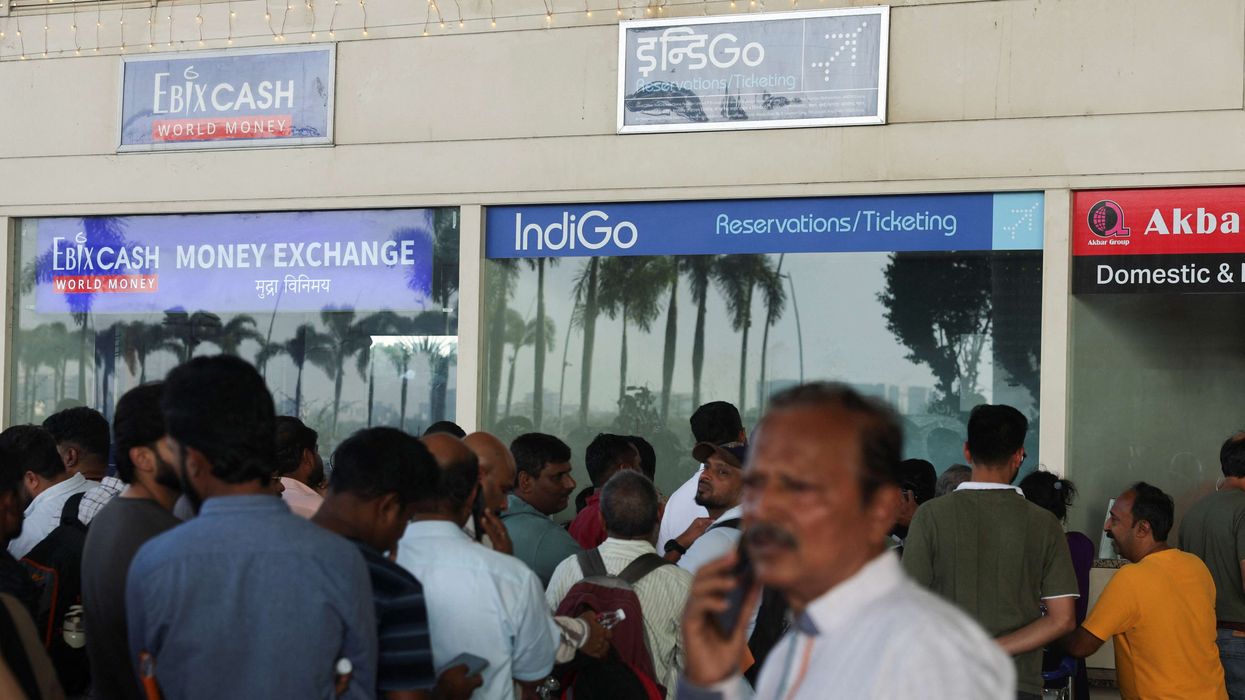India’s service economy expanded further at the end of 2018, as strengthening demand continued to translate into new business gains.
Although growth of new work and activity moderated from November’s recent high, companies hired additional workers to a greater extent, said a private survey on Friday (4).
Supporting the uptick in job creation was an improvement in business sentiment and easing cost inflationary pressures. Expenses rose at the weakest pace in over one-and-a-half years, said Nikkei India Services PMI data.
Despite falling to 53.2 in December, from 53.7 midquarter, the seasonally adjusted Nikkei India Services Business Activity Index pointed to an expansion in sector output that was among the strongest recorded in the past two years.
The figure contributed to the highest quarterly average seen since fourth quarter of the financial year 2015-16. Information and communication remained the strongest performing category, posting the quickest increases in both new business and activity. Real estate and business services were the only segment to record contractions.
The slowdown in growth of services activity was accompanied by a softer increase in manufacturing production, leading to a weaker rise in private sector output. The seasonally adjusted Nikkei India
Composite PMI Output Index was down from a 25-month high of 54.5 in November to 53.6 at the end of the year. The growth of services activity stemmed from ongoing increases in new business. Sales expanded at a slower pace than registered mid-quarter, but one that was among the strongest recorded in the past one-and-a-half years. At the same time, the upturn in factory orders held close to November’s 11-month high.
Service sector data suggested that the upturn in total new business was domestically driven as new export work was broadly unchanged, following a reduction in the prior month. Conversely, manufacturers benefited from greater sales to external markets.
Whereas services firms took on extra staff, outstanding business rose further.
Commenting on the Indian Services PMI survey data, Pollyanna De Lima, Principal Economist at IHS Markit said, “services companies took a breather from rising expenses as cost inflation eased to a 19-month low. This softening enabled firms to hire extra staff to a greater extent, whilst hiking their charges only marginally. In turn, subdued inflationary pressures and cooling economic growth add some support for a rate cut early next year.
“With business sentiment improving for the second successive month, the service sector looks set to sustain growth in 2019 despite predictions of some sluggishness prior to the elections.”











